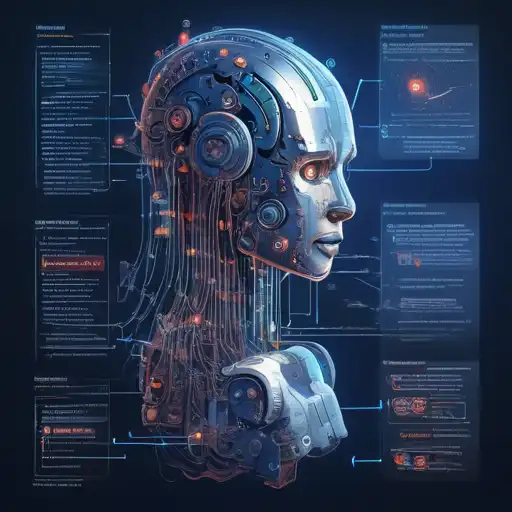Introduction to Machine Learning Algorithms
Machine learning algorithms are the backbone of artificial intelligence (AI) and data science, enabling computers to learn from and make decisions based on data. For beginners, understanding these algorithms can seem daunting, but with the right approach, it's entirely achievable. This guide will explain the most common machine learning algorithms in simple terms.
Supervised Learning Algorithms
Supervised learning algorithms are trained using labeled data. This means that each training example is paired with an output label. Common supervised learning algorithms include:
- Linear Regression: Predicts a continuous output based on input variables.
- Logistic Regression: Used for binary classification problems.
- Decision Trees: A flowchart-like structure that helps in decision making.
- Support Vector Machines (SVM): Finds the hyperplane that best divides a dataset into classes.
Unsupervised Learning Algorithms
Unsupervised learning algorithms are used when the data has no labels. The system tries to learn the patterns and the structure from the data without any supervision. Examples include:
- K-Means Clustering: Groups data into K number of clusters.
- Principal Component Analysis (PCA): Reduces the dimensionality of the data.
- Apriori Algorithm: Used for mining frequent itemsets and relevant association rules.
Reinforcement Learning Algorithms
Reinforcement learning is a type of machine learning where an agent learns to behave in an environment by performing actions and seeing the results. Popular algorithms include:
- Q-Learning: A value-based algorithm for reinforcement learning.
- Deep Q Network (DQN): Combines Q-Learning with deep neural networks.
Choosing the Right Algorithm
Selecting the right machine learning algorithm depends on the problem you're trying to solve, the size and quality of your data, and the computational resources available. Beginners should start with simpler algorithms like linear regression or decision trees before moving on to more complex ones.
Conclusion
Machine learning algorithms are powerful tools that can extract insights from data. By understanding the basics of these algorithms, beginners can start applying them to real-world problems. Remember, the key to mastering machine learning is practice and continuous learning.
For more insights into data science and AI, explore our related articles.
